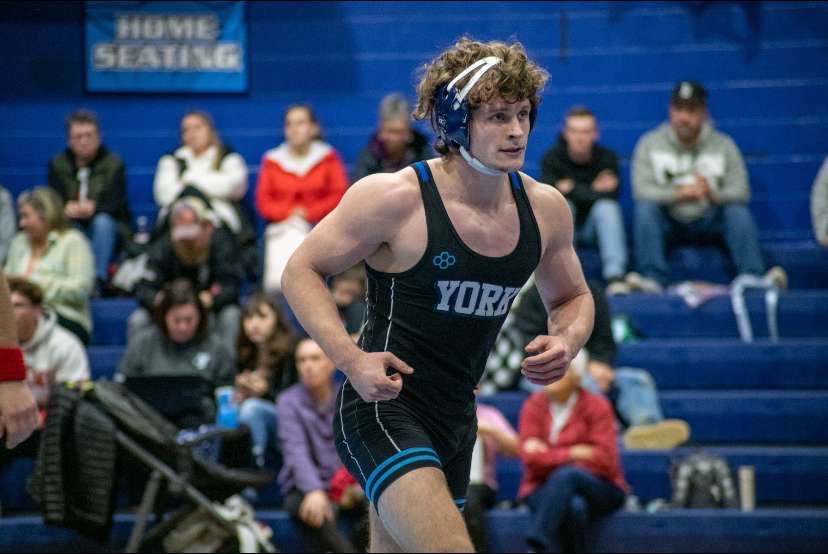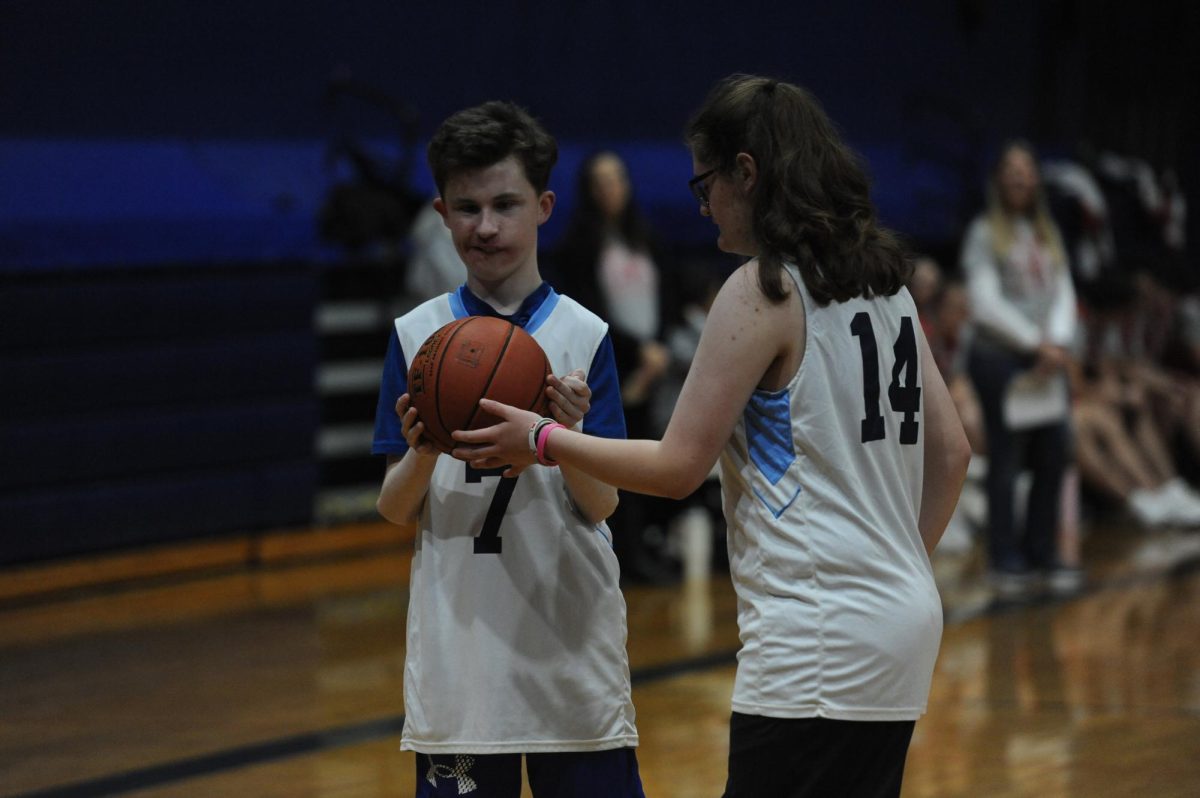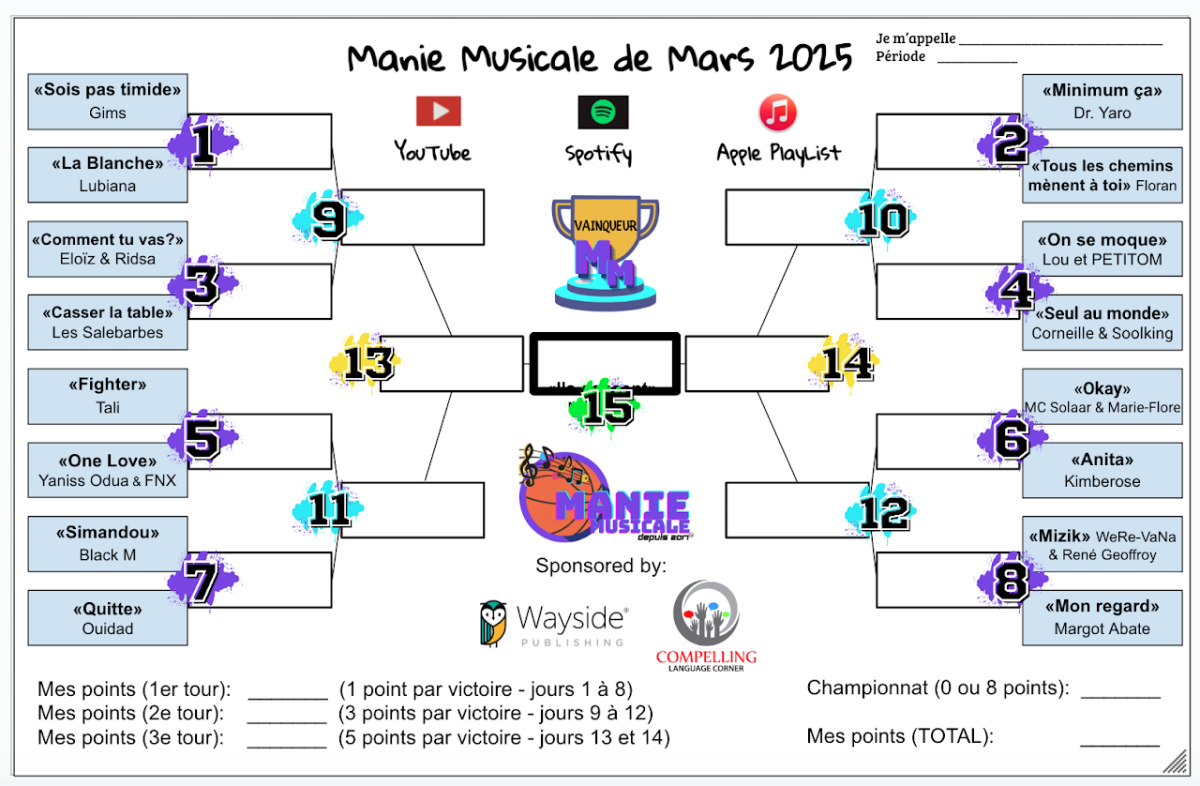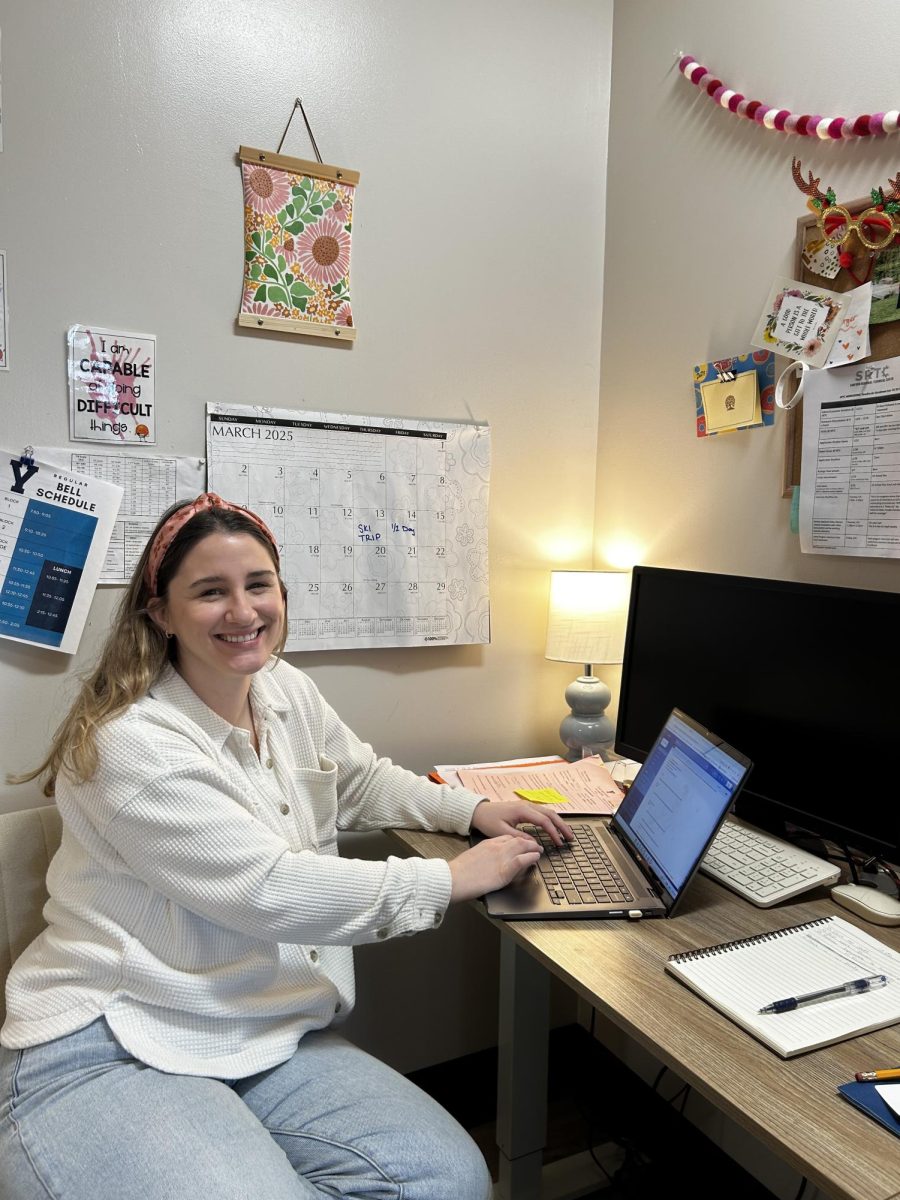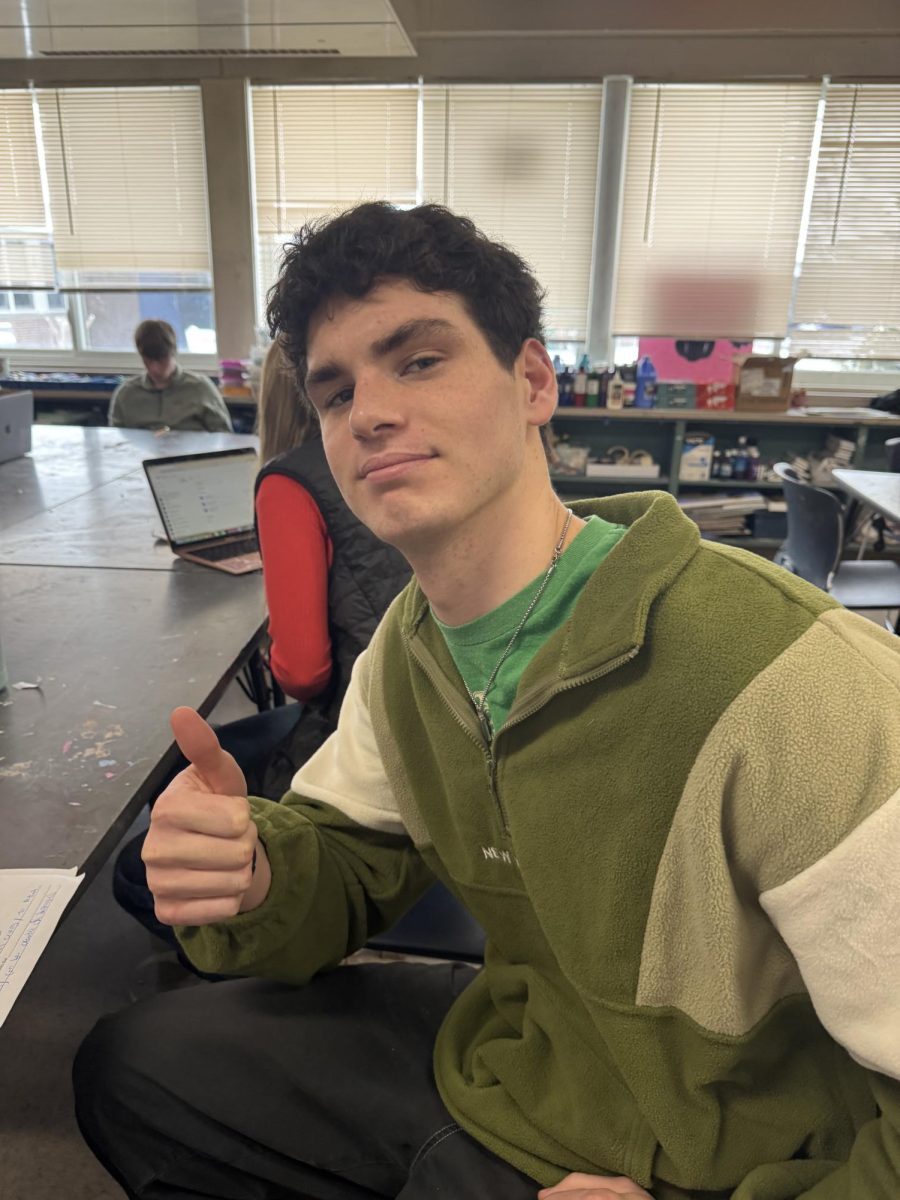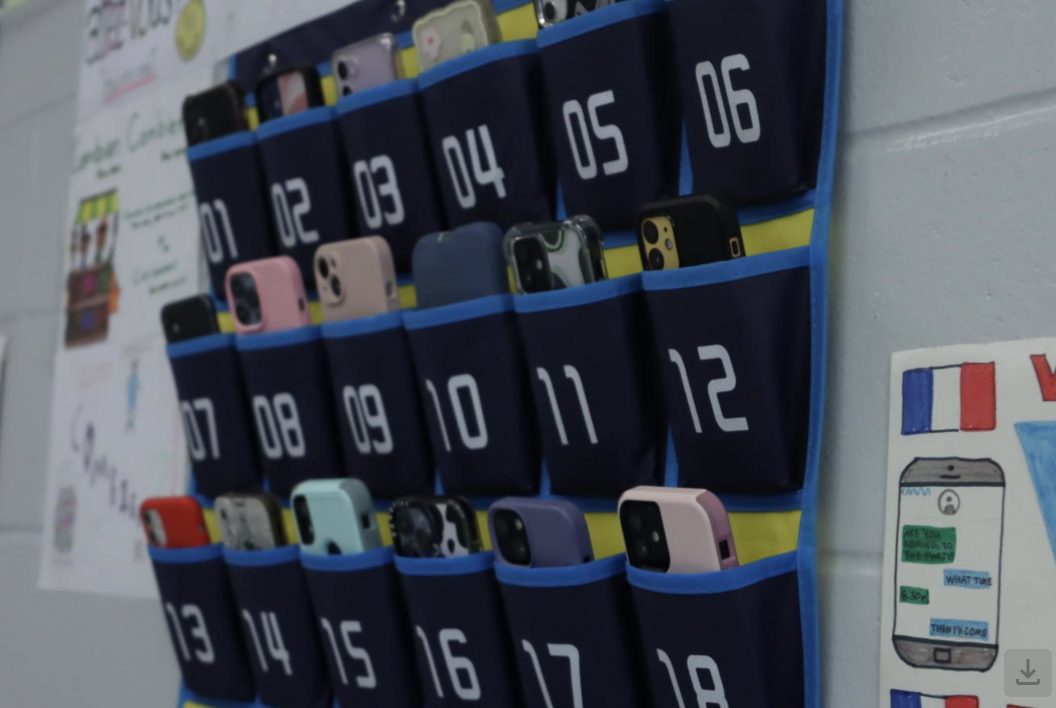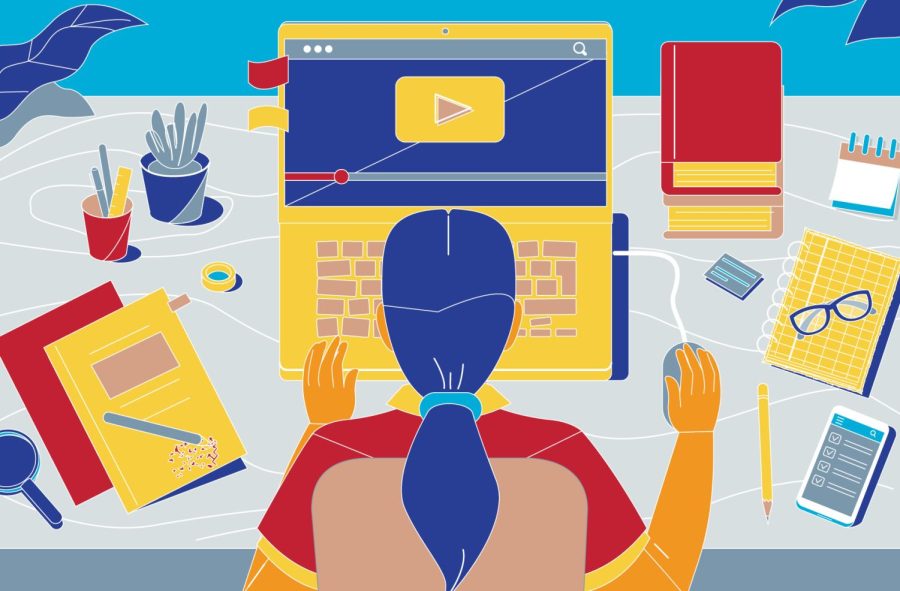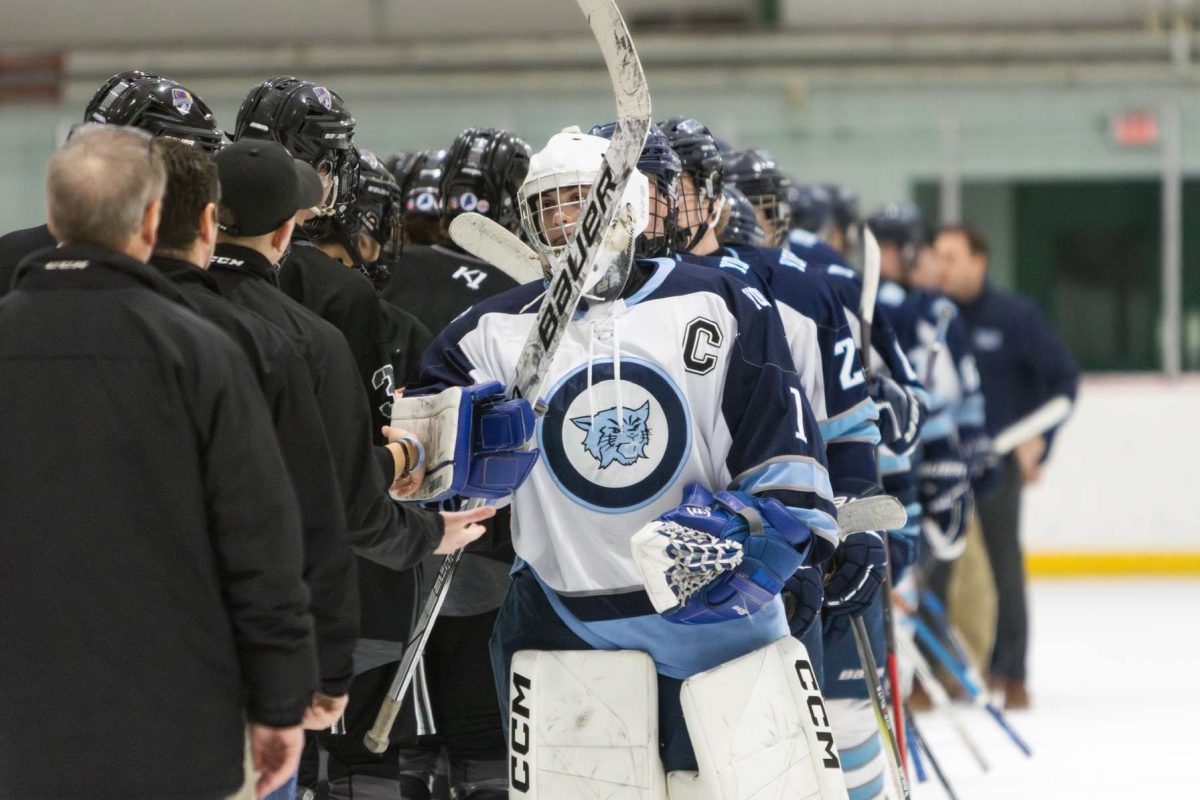Remote Week
February 18, 2022
On January 7th, after only one week of school after break, the York school district made the decision to go remote for a week to quell the spread of COVID after a large increase in cases. It was an unfortunate start to the new year and a difficult decision to make for many of the administrators. Sarah La Croix, the school nurse here at YHS, explains that, “when it got to a point where we had an influx of cases that was unusual after break…all of us as a district decided together when it was time to go remote.” This was a decision that caught many students off guard after half a year of fully in person learning. So what was the process that resulted in this decision?
Once the school hits 15% absenteeism for the entire building (both students and staff), Nurse La Croix reports it to the Maine CDC and they guide the school from there. Before recently, the state had declared a school COVID outbreak whenever three or more cases were confirmed in a given school. However, since the beginning of January, the state began opening COVID outbreak investigations when at least 15% of students and staff at a given school are absent. After winter break the school hit 15% absenteeism, so an in depth investigation was put in place determining that around 75% of those cases were COVID related. La Croix reports, “that was what led to us being designated as an outbreak.”
Contact tracing was another aspect of the process that changed after this outbreak. The large number of cases made it very time consuming to contact trace and resulted in a large number of students becoming close contacts. “I think part of it was just the surge that we were in as a state that led them to pause contact tracing,” shares La Croix, “and honestly that week we got to a point where I say it was close to 400 students got notified that they were in close contact.” As a result, the Maine CDC stopped requiring contact tracing for schools that were universally masking. This means that much of the responsibility of monitoring close contact has fallen to parents and students.
In order to stay in school going forward it’s important for students to be aware of the risks they’re taking especially when it comes to these next couple of weeks. “Just be aware of who you’re around and what you’re getting exposed to as much as you can,” says La Croix. Make sure the people you are around take the necessary precautions and if you do catch COVID make sure to alert the people you may have been in contact with. The hope is that in the next few weeks COVID cases will continue to decline. “We’ve already seen a pretty sharp decline over the last few weeks in our cases, so just keep doing all the things we have been doing,” assures La Croix. The hope is, if students work to be safe then we will continue to be in person.



